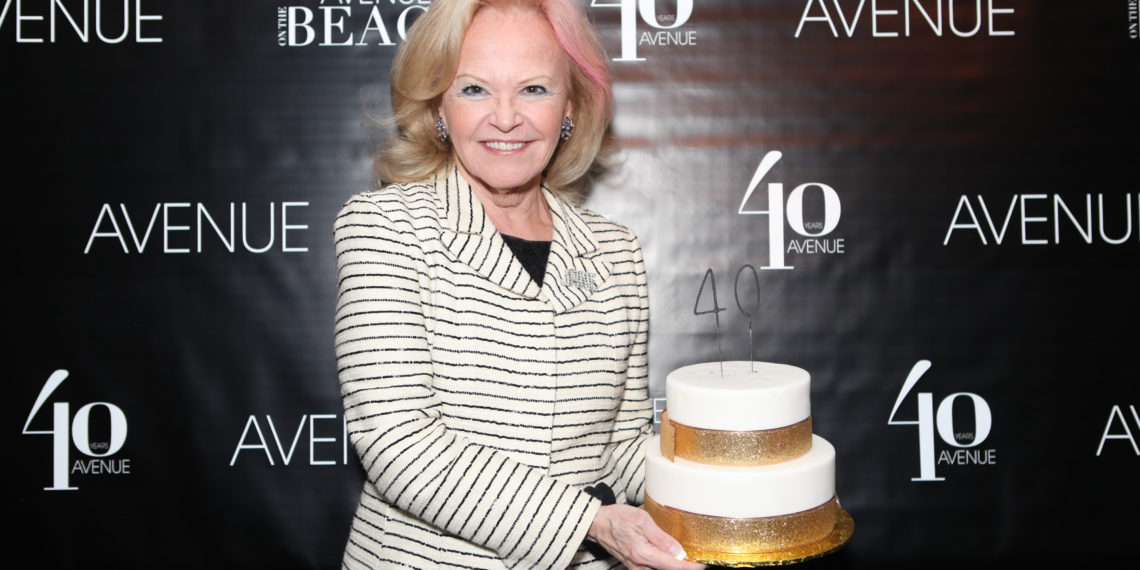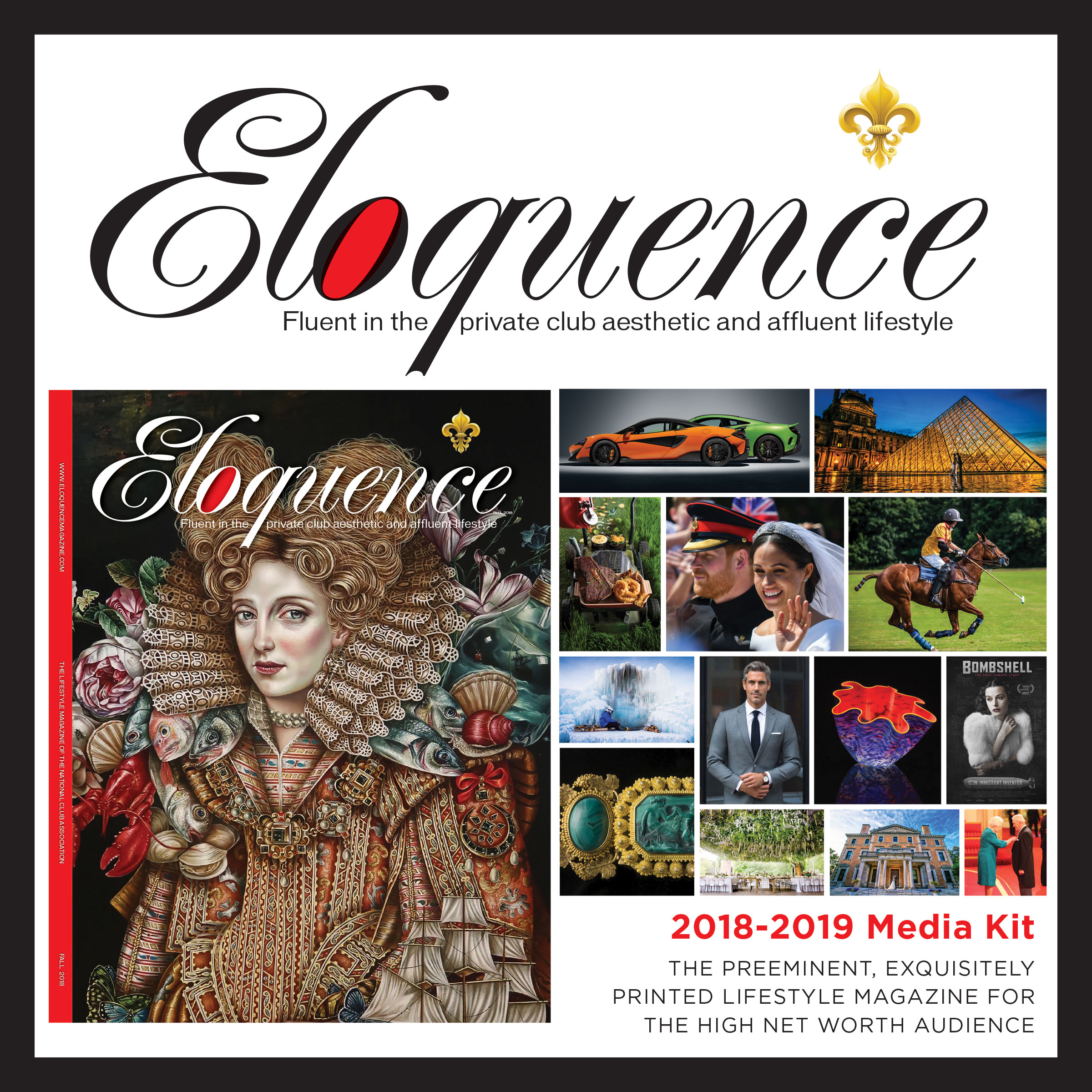By Ava Roosevelt
I always regretted never meeting Hugh Hefner in person. After the tragic death of my friends, Sharon Tate, Jay Sebring, Gibby Folger, and Vojtek Frykowski in 1969 (in the Manson murders), my California dreaming as a model became a nightmare and I moved to the Northeast.
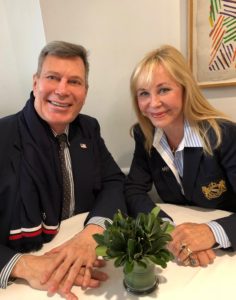 Decades later, my dear friend Matt Rich and I sat on the terrace of the Metropolitan Club at East 60th and Fifth in New York City to celebrate the birthday of a mutual friend while taking in the best view Manhattan has to offer. All in all, it was the kind of day that makes you want to live forever, a day on which nothing should go wrong, but sadly, something did go wrong. It was the day Hugh Hefner had died.
Decades later, my dear friend Matt Rich and I sat on the terrace of the Metropolitan Club at East 60th and Fifth in New York City to celebrate the birthday of a mutual friend while taking in the best view Manhattan has to offer. All in all, it was the kind of day that makes you want to live forever, a day on which nothing should go wrong, but sadly, something did go wrong. It was the day Hugh Hefner had died.
Hefner’s Legacy
I was saddened by Hef’s death, but it was his larger-than-life persona that always fascinated me. This modern-day sheikh sported silk pajamas to his ‘office’. Women who worked with him have told me he showed respect for them, apparently without the misconduct or #MeToo issues all too common in the media today. I’ll introduce you to one of Hefner’s female employees momentarily.
The Casanova’s Formal Education
It appears that 1949 was a ‘turning point’ for Hugh Hefner. He earned a Bachelor of Arts in Psychology and a double minor in Creative Writing and Art. After graduation, he took a semester of graduate courses in Sociology at Northwestern University. Before the wedding to his first wife, Mildred ‘Millie’ Williams, the mother of his first two children, Christie and David, Mildred confessed that she had an affair while he was away in the army.
Hef: You called Millie’s admission “the most devastating moment of my life.” A 2006 E! True Hollywood Story profile of you revealed that Mildred allowed you to have intimate relations with other women out of guilt for her own infidelity and in the hope that it would preserve your marriage. It seems it impacted your outlook on life and your career path. “Am I right?”
While the marriage died in 1959, the casualty of his new-found freedom led Hugh Hefner, the Father of the Sexual Revolution, to define American Playboy. Indeed, he was a marketing wizard. With just $600, he formed “Playboy” and built it into a business brand for bachelors ― including clubs around the world, jazz festivals, clothing lines and, of course, the magazine. Hef, I wonder how you did that without crossing the line.
In today’s tempest of exposing sexual abuse, perhaps many powerful men could have learned a thing or two from this man who managed to successfully juggle his admiration for women while also working with them and building a business that gloried them.
Some say Hugh Hefner liberated millions of people from the shame and stigma still attached to sex in the early 60’s. He championed beauties, making Playboy Bunny a household name. Many Playboy Bunnies say they were the beneficiaries of an ‘opportunity,’ which began with great looks, but often ended up as career ‘success stories’ based on intellect and talents far beyond physical appearance.
Meet Success Story Jane Pontarelli
Manhattan socialite and real estate professional Jane Pontarelli is one such success story. She was a Playboy Bunny for 10 years in the early 1970’s and shared with me her experiences. Today, Jane lives with her husband in Manhattan and Quogue and is a top real estate agent with the prestigious firm Douglas Elliman in New York City.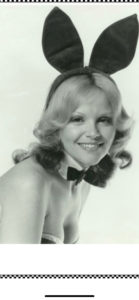
“I was working for a law firm on East 57th and had a friend working at another firm who wanted to be a Bunny. That is all she talked about. I never even paid attention. I was going to college at night and was still a teenager. She made me go with her for the Bunny interview. I went just to shut her up. She went into the interview while I waited for her. When she was finished, we walked to the elevator. A guy said to me, ’You are next.’ I said, ‘I don’t want to be a Bunny. I’m going to law school.’ He laughed and said, ‘Playboy will pay for it.’ ‘Wow,’ I said and went in for the interview. They took a few pictures of me. Little did I realize that I was being interviewed by Keith Hefner, the brains behind the Playboy Clubs.
“Hugh had very little to do with the Clubs; he was all about the magazine. I only met Hugh a few times. The next day, Playboy called me and asked if I could start the following Monday for a week of training and to take a written test at the end. But first, I had to be finger printed for the State Liquor Authority. I did not know what to do. The lawyers I worked for were upset; they wanted me to stay. The job of a Bunny was to serve food and beverage at a Club ― not necessarily to pose for the magazine. My parents said, ‘Go for it.’ The Club did not hire my girlfriend.
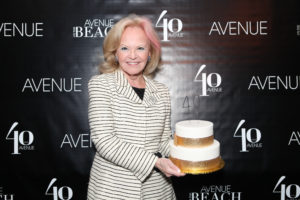
A Strict Code of Conduct
The Playboy Club server rules of conduct were very strict: No dating customers, no dating other personnel; these were grounds for immediate termination.
“Playboy had a security service called Willmark Services that spied on the Bunnies. If a Bunny tried to date a customer or coworker, if you even took a business card from a customer, you were fired.”
“I was not old enough to work nights, so I worked 11:30 am to 2:30 pm during lunch, then 4:00 pm to 7:00 pm for cocktails. The Club was open 365 days a year. There were six floors and about 90 Bunnies. I had several different colored costumes, different colors for different dining rooms.”
“When I turned 21, I could work nights. I did charity promotions for Playboy and became a training Bunny. The head training Bunny became Head of Personnel. The Bunnies had to learn the Bunny manual. It was all about drinks and food and service. I would know right away if a girl was going to make it. We had models, actresses and college girls like me. You could go work in another Club if there was an open slot. There were 23 clubs in London, St. Louis, Jamaica, Boston, and Los Angeles, among others.”
“Playboy paid for college and graduate school. I would register for my classes, pay for it, and when I got my grades, Playboy would cut me a check. I never had any problems with customers, ever. I served drinks and food and my feet always hurt. If a girl was bothered by a guy who kept asking her out, he was expelled from the Club. I was asked several times to pose for Playmate, which I would not do. I don’t fault anyone who did it.”
“My job was hard work and sometimes girls would get overwhelmed. The Club had show times and we had to get the food and drinks served before the show started. Girls came and went, got married, got divorced, moved away, but not me; I was born and raised here; why live any place else? I met wonderful funny people, show business people, and sports stars. It was a very interesting time; I was invited everywhere, but picked and chose.”
Questions for Hugh
Hef, something tells me you would be okay with me addressing you by your first name. You have admitted to being “‘involved’ with maybe 11 out of 12 months’ worth of Playmates” during the many years of Playboy’s reign. Donna Michelle, Marilyn Cole, Lillian Müller, Shannon Tweed, Barbi Benton, Karen Christy, Sondra Theodore, and Carrie Leigh were a few. I simply cannot fathom, and I bet I am not alone, how did you managed to handle that many young, ambitious women (many with a heavy dose of competitive, top-girl syndrome), and turn many of these relationships into life-time friendships, partnerships, and even marriages.
For the Record
Records indicate that no sexual abuse allegations or law suits were filed against Hefner during his lifetime, except for when Carrie Leigh filed a $35 million palimony suit against him and on June 4, 1963, after he was arrested for publishing an issue of Playboy that featured nude pictures of Jayne Mansfield in bed with a man present. The case went to trial and resulted in a hung jury.
Hefner: In 1953, you took out a mortgage and raised $8,000 from 45 investors, including $1,000 from your mother, “Not because she believed in the venture,” you told E! in 2006, “but, because she believed in her son.” I would love to know if her support inspired your life-long support and appreciation of women or your desire to positively influence and improve young, beautiful lives or were you born with that ambition?
Hefner created Playboy magazine, a platform that allowed him to unravel the general belief that ‘sexual freedom’ was ‘dirty promiscuity.’ The decades-lasting run of Playboy is a testament to Hefner’s appreciation of women’s magnificence and his marketing genius. The first issue, published in December of 1953, featured pictures of Marilyn Monroe from her 1949 calendar shoot. It sold over 50,000 copies. In 1992, when a crypt next to hers became available at the Westwood Village Memorial Park Cemetery, Hefner bought it for $75,000.
Hugh Hefner was a poster child of the sexual prohibition era. Given his conservative upbringing, I often wonder what propelled him to the ‘playboy status’ and why it took him so long to rebel.
Thriving in Controversy
Playboy’s mission went beyond glorifying women’s good looks to shed light on at the other taboos of the era. “The Crooked Man,” a story that highlighted straight men being persecuted in a world where homosexuality was the norm, was rejected by Esquire magazine in 1955. Hefner agreed to publish it in Playboy, causing an outburst of sharp criticism to which he responded, “If it was wrong to persecute heterosexuals in a homosexual society, then the reverse was wrong, too.”
Hefner: You were never adverse to controversy; actually, I believe you thrived in it. The 1960’s civil rights movement created another opportunity for Playboy to foster interviews with the most contentious figures of the era, such as American Nazi Party founder George Lincoln Rockwell and black activist Malcolm X in 1963 and civil rights leader Martin Luther King, Jr. in 1966. All three interviewees would be assassinated by 1968. Mr. Hefner, have you ever thought if your interviews and the exposure in Playboy played any role in influencing those murders, making a long list of the-most-celebrated cold cases of this century even longer? I wonder if these assassinations made you pause to think what else could have been done to save these lives or was their death a necessary casualty, only to be appreciated and mourned decades later?
Back to That Fateful Day in Manhattan
As we sat a block away from the former Playboy Club at East 59th and Fifth, this man who obliterated sexual taboos, loved many woman, and made a fortune tapping into our psyches, had a penthouse apartment two blocks away at the Crown Building. Matt knew the present owner and suggested a visit.
Hefner: As we stepped into your former New York digs, which now hosts a showroom of lifestyle designer Helen Yarmak, I wish you would have lived to see the magic of the breathtaking expansion of Manhattan’s landscape. Standing on the massive terrace, I wondered if you ever ‘felt walled in’ by the massive skyscrapers surrounding the apartment, as I felt at that moment, and that was why you decided to move to Los Angeles where the Playboy Mansion became synonymous with your bon-vivant status and visits were considered a major social coup by celebrities and CEOs of major corporations.
It is fitting that Hugh Hefner died in the place he worked and loved. Looking at his life, and trust me I’ve looked everywhere, he comes across as an educated, spiritually evolved, caring and a loving man, who had an abundance of friends who returned the admiration.
Christie Hefner, Hefner’s daughter, created The Hugh M. Hefner First Amendment Award “to honor individuals who have made significant contributions in the vital effort to protect and enhance First Amendment rights for Americans.”
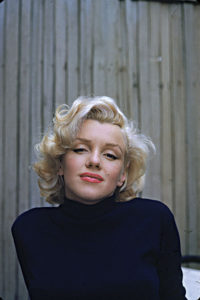 Crystal Hefner, Hugh Hefner’s third and last wife, who wed Hefner in 2012, was Playmate of the Month in December 2009. “I loved him so much,” she told People Magazine after Hefner’s death. “I am so grateful. He gave me life. He gave me direction. He taught me kindness. I will feel eternally grateful to have been by his side, holding his hand, and telling him how much I love him.”
Crystal Hefner, Hugh Hefner’s third and last wife, who wed Hefner in 2012, was Playmate of the Month in December 2009. “I loved him so much,” she told People Magazine after Hefner’s death. “I am so grateful. He gave me life. He gave me direction. He taught me kindness. I will feel eternally grateful to have been by his side, holding his hand, and telling him how much I love him.”
As for his well-planned wish, Hefner, who never met Marilyn Monroe, is buried next to her at the Westwood Village Memorial Park Cemetery. “Spending eternity next to Marilyn is an opportunity too sweet to pass up,” Hefner told the Los Angeles Times in 2009. No one could blame him for that. A quintessential playboy and a true feminist to the core, Hugh Hefner continues living up to his billing, even in his grave.


